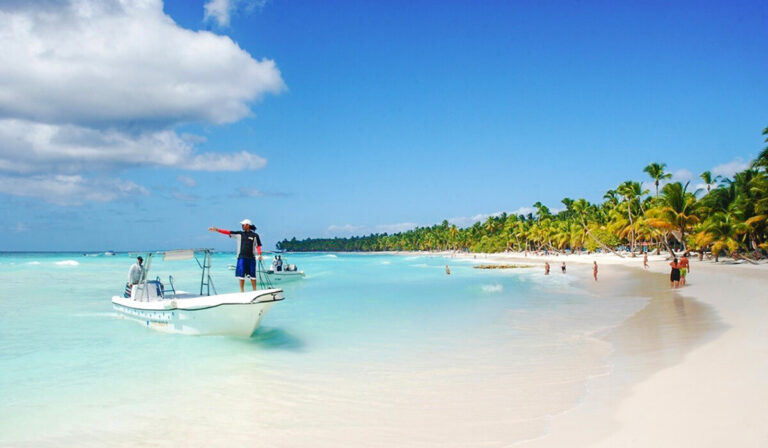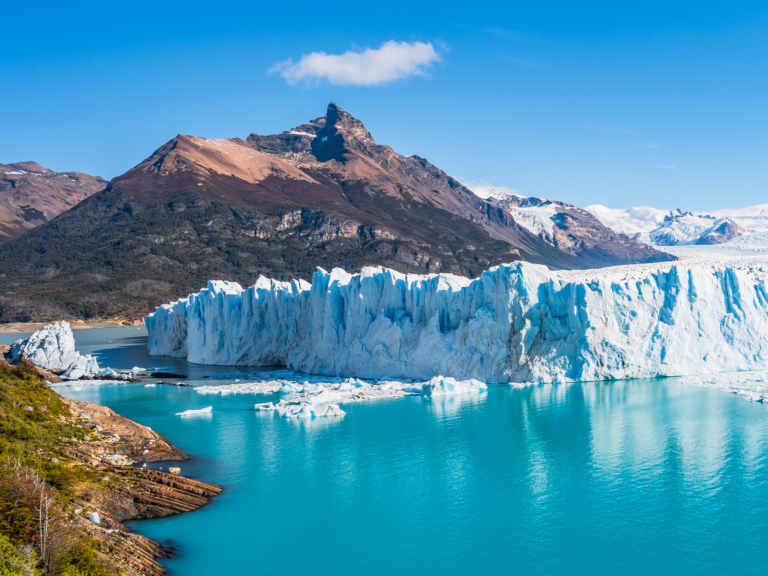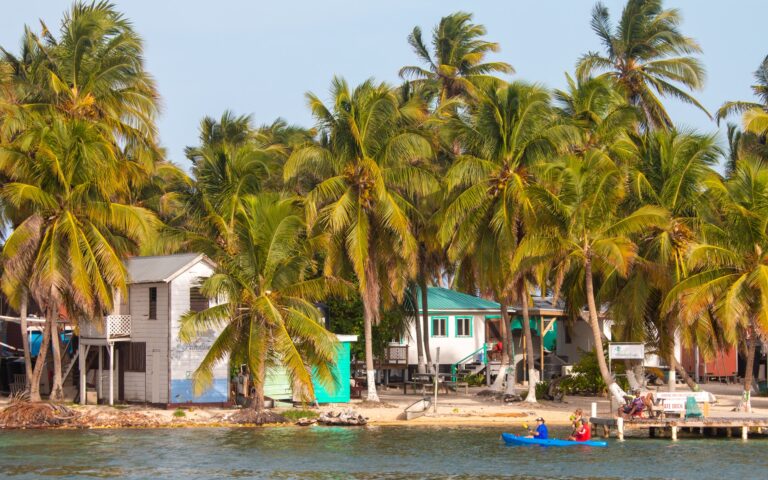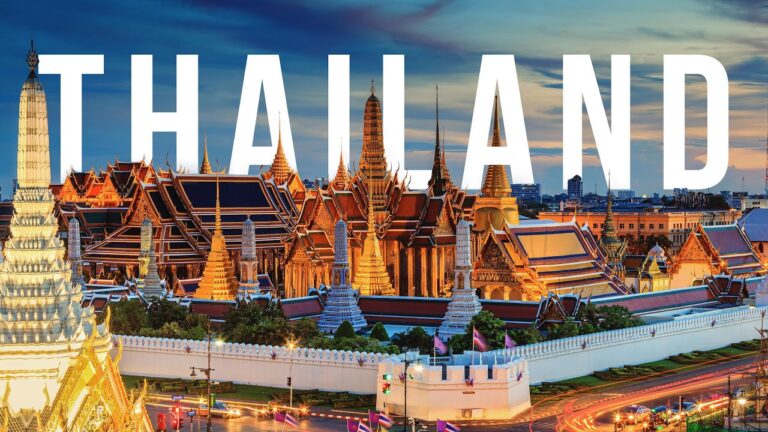Is It Safe to Travel to Iran: Current Status
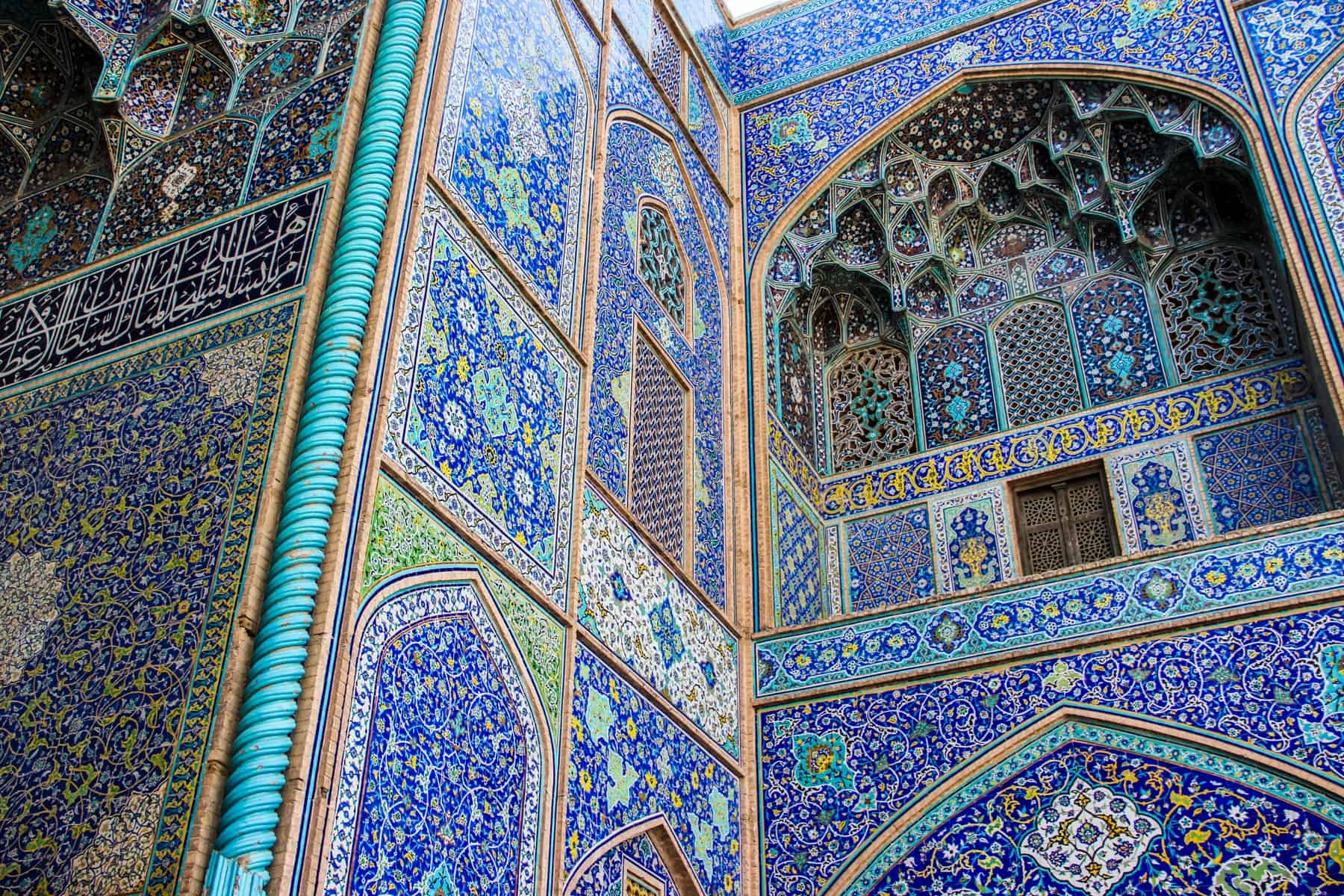
Safety Considerations in Iran
U.S. Department of State Advisory
The U.S. Department of State has issued a Level 4 Travel Advisory for Iran, advising U.S. citizens not to travel to the country. The advisory highlights several key risks including terrorism, civil unrest, kidnapping, arbitrary arrests, and wrongful detentions. Moreover, given the absence of diplomatic or consular relations between the U.S. and Iran, the U.S. government is unable to provide routine or emergency consular services to U.S. citizens in Iran.
| Travel Advisory | Description |
|---|---|
| Level 1 | Exercise Normal Precautions |
| Level 2 | Exercise Increased Caution |
| Level 3 | Reconsider Travel |
| Level 4 | Do Not Travel |
Iran currently holds a Level 4 “Do Not Travel” advisory, emphasizing significant risks for American travelers.
Avoiding High-Risk Areas
While Iran is generally considered safe for most visitors, certain areas pose higher risks and should be avoided, especially around the borders with Iraq and Pakistan (Quora). These regions are susceptible to banditry, smuggling, and sometimes violent activities. It’s highly advisable to adhere to local guidance and avoid these high-risk areas.
Internal safety measures and local hospitality contribute to a safer experience in other parts of Iran. People in Iran are often extremely helpful, and locals are known for their warmth and generosity towards visitors. Following these guidelines allows you to explore the country while minimizing potential risks.
Dress Code and Cultural Precautions
Dress code in Iran is strictly enforced, especially for women, who are required to wear a headscarf and a long jacket that covers the arms and upper legs while in public. These regulations are part of broader cultural norms that visitors must respect to avoid confrontations and potential harassment.
| Gender | Dress Code |
|---|---|
| Women | Headscarf, long jacket covering arms and upper legs |
| Men | Avoid shorts, sleeveless shirts |
Women may face harassment and verbal abuse if not adhering to these guidelines. It’s crucial to respect these norms to ensure a safe and pleasant visit. Men should also avoid wearing shorts and sleeveless shirts in public spaces.
For more comprehensive information on travel safety in various global destinations, you can visit related articles such as is it safe to travel to mexico, is it safe to travel to egypt, and is it safe to travel to turkey.
Security Risks in Iran
When considering if it is safe to travel to Iran, there are several security risks you should be aware of. These include terrorism, civil unrest, arbitrary arrest, and the influence of politics on foreign nationals.
Terrorism and Civil Unrest
The U.S. Department of State has issued a Level 4 Travel Advisory for Iran, advising U.S. citizens not to travel to the country due to the risks associated with terrorism and civil unrest. Violent extremist groups, including U.S. government-designated terrorist organizations like ISIS, operate within Iran. These groups have claimed responsibility for bombings and attacks, posing a significant risk to safety for both locals and tourists.
Arbitrary Arrest and Wrongful Detentions
Arbitrary arrest and wrongful detentions are also notable concerns for foreign nationals in Iran. U.S. citizens, in particular, are at risk of being detained without fair trial or proper legal representation. The U.S. Department of State cautions that U.S. citizens have been arrested on spurious charges and have been held without access to consular services, as the U.S. government lacks diplomatic or consular relations with Iran (Travel State Gov).
Political Influence on Foreign Nationals
Political tensions significantly affect the safety of foreign nationals in Iran. The political climate is unstable, and shifts in policy can have direct implications on the security of tourists. For instance, companies offering surrogacy services in Iran have been accused of misrepresenting the security situation, thereby endangering U.S. citizens. This underscores the influence of politics on the safety of tourists in Iran.
For further information, you might find interest in exploring other travel advisories like is it safe to travel to Mexico or is it safe to travel to Egypt to compare safety considerations in different regions.
Volatility and Protests in Iran
Understanding the volatility and recent protests in Iran is crucial when evaluating is it safe to travel to Iran.
Recent Protests and Responses
Large-scale protests erupted in the Fall of 2022 due to strict enforcement of the hijab law by Iranian authorities. These demonstrations resulted in numerous arrests, injuries, and casualties. The situation remains highly volatile, and even peaceful demonstrations can turn violent (Travel.gc.ca). In late 2022 and early 2023, further protests across various cities led to severe responses from security forces, resulting in injuries, deaths, and detentions of protestors. Foreign nationals are strongly advised to avoid all protest activities (Smartraveller).
| Year | Major Protests | Arrests | Casualties |
|---|---|---|---|
| 2022 | Hijab Law Enforcement | Numerous | Many Injuries & Casualties |
| 2023 | Anti-Government Protests | Numerous | Many Injuries & Casualties |
Increased Surveillance and Potential Risks
In response to the protests, there has been an increase in surveillance across Iran. The government utilizes various surveillance methods to monitor activities and quell dissent. Increased surveillance leads to potential risks, especially for foreign nationals, who may be viewed with suspicion. The U.S. Department of State provides extensive advisories outlining these risks, particularly emphasizing the augmented potential for arbitrary detention and wrongful arrests of foreign nationals (Travel State Gov).
Regional Tensions and Impact on Safety
Regional tensions further complicate the safety scenario in Iran. The country’s geopolitical position and strained relations with neighboring countries contribute to an unpredictable security environment. In addition, the absence of diplomatic or consular relations between the U.S. and Iran restricts the ability of American travelers to seek routine or emergency assistance during potential crises. This issue underscores the importance of staying abreast of current travel advisories and being prepared for various scenarios while in Iran.
For more information on travel safety in other countries, you might want to explore:
Kidnapping and Safety Concerns
When considering the question, ‘is it safe to travel to Iran?’, it’s important to explore the potential safety concerns, including kidnapping risks, especially in certain areas of the country.
Border Areas and Risk Factors
Traveling near the borders of Iran, particularly with Afghanistan and Pakistan, exposes you to higher kidnapping risks. These areas, such as Sistan-Baluchistan, are frequently afflicted by ethnic conflicts and are notorious routes for smugglers (Travel.gc.ca). Bandits and smugglers in these regions often resort to kidnapping to secure the release of their associates from prison. Foreign nationals have been targeted, increasing the overall risk factor for travelers.
| Border Area | Risk Factors |
|---|---|
| Afghanistan | Ethnic conflicts, drug trafficking, bandits |
| Pakistan | Smuggling routes, kidnapping for ransom |
Bandits and Smugglers
The presence of bandits and smugglers is a significant security concern in Iran’s border regions. In areas like Sistan-Baluchistan, bandits involved in drug trafficking may kidnap foreigners to negotiate the release of their group members from custody (Smartraveller). This aspect highlights the volatility and the unpredictable nature of traveling in these regions.
Factors exacerbating safety concerns:
- Drug trafficking activities.
- Smuggling operations.
- Bandit groups targeting foreigners.
Gender-Based Violence and Dress Code Enforcement
Iran has specific regulations and cultural norms, with strict dress codes for women. Failing to adhere to these norms can lead to unwanted attention or even harassment. Gender-based violence remains a concern, especially when cultural and legal expectations are not met. It’s essential to dress modestly and respect local customs to minimize risk.
| Dress Code Enforcement | Description |
|---|---|
| Women | Verbal warnings, fines, or detainment for improper dress |
| Men | Less stringent but should avoid shorts and sleeveless shirts |
Additionally, companies offering surrogacy services in Iran sometimes misrepresent the security situation, posing further risks to U.S. citizens. Engage only with reputable and transparent services to mitigate such risks.
For further information on safety in travel, consider researching other destinations like is it safe to travel to Colombia or is it safe to travel to Egypt.
Local Perspective on Safety
When pondering ‘is it safe to travel to Iran’, it is beneficial to understand the local perspective on safety. This can provide an authentic and insightful view into what travelers may expect when visiting.
Hospitality and Cultural Norms
Iranian culture is known for its exceptional hospitality. Locals are often eager to welcome foreigners, making it one of the most inviting destinations Quora. Visitors frequently experience friendly gestures, such as offers for tea or assistance with directions.
| Aspect | Experience |
|---|---|
| Hospitality | Extremely warm and welcoming |
| Local Assistance | Highly helpful and eager to guide tourists |
| Cultural Respect | Governed by strong customs and conservative values |
| Dress Code | Required adherence to modest dress, particularly for women |
Understanding these cultural norms, such as the expected dress code, can significantly enhance a traveler’s experience. Women are generally required to wear headscarves and long clothing, while men should avoid wearing shorts or sleeveless tops.
Safety Precautions and Recommendations
Although Iran boasts significant hospitality, adhering to certain safety precautions can ensure a smoother and safer journey.
Key Safety Precautions:
- Avoid Border Regions: Steer clear of the border areas with Iraq and Pakistan due to heightened risks.
- Dress Code Compliance: Abide by local dress codes to avoid potential issues with authorities.
- Stay Informed: Regularly check for travel advisories from reliable sources such as the U.S. Department of State Advisory.
For up-to-date travel advisories, visit the U.S. Department of State and other trustworthy resources.
Personal Experiences and Testimonials
Many travelers have shared their unique experiences in Iran, highlighting both the warmth of the community and the precautions to take for a safe journey.
Case Studies and Testimonials:
- Testimonial from Lucy, a Travel Blogger: “My trip to Iran was filled with kind interactions and stunning sights. The locals treated me like family, always ready to help. Following the dress code and avoiding sensitive areas ensured a hassle-free experience.”
- Experience from John, an Adventure Enthusiast: “Iran exceeded my expectations in terms of safety and hospitality. While navigating the cities, the locals were incredibly supportive. Staying informed and respecting the cultural norms made my trip memorable.”
Reading through personal testimonials can offer insights and firsthand accounts of travel experiences, further aiding your understanding of safety in Iran.
For those interested in exploring safety in other destinations, consider looking into our articles on whether is it safe to travel to the dominican republic and is cancun safe to travel, to gain a broader perspective on international travel safety.
Health and Travel Precautions
When considering, “is it safe to travel to Iran?” health and travel precautions are paramount. Here are key factors to keep in mind before and during your journey to ensure your trip is safe and healthy.
Vaccinations and Disease Prevention
To minimize health risks while traveling, it’s essential to consider necessary vaccinations as recommended by the CDC. Below is a summary of key vaccinations to consider:
| Vaccine | Who Should Get It | Details |
|---|---|---|
| Hepatitis A | Unvaccinated travelers 1 year and older | Infants 6-11 months should also be vaccinated. Unvaccinated individuals over 40, immunocompromised, or with chronic conditions should receive the vaccine and immune globulin. |
| Typhoid | Travelers going to underdeveloped regions | Important for areas with low sanitation conditions. (CDC) |
| Rabies | Travelers planning prolonged outdoor activities or being around animals | Especially significant due to the presence of rabies-infected dogs in Iran. Consult your healthcare provider about pre-exposure rabies vaccination (CDC) |
Vaccinating against these diseases is crucial to avoid infections that could disrupt your travel plans or pose severe health risks. For more tips and advice on vaccinations, consider visiting related articles like is it safe to travel to mexico or is it safe to travel to thailand.
Risk of Rabies and Malaria
Travelers to Iran should be aware of the risks posed by rabies and malaria. Rabies is present in dogs and other animals in Iran, so it’s vital to avoid animal bites and scratches. Pre-exposure rabies vaccination might be advisable based on your travel plans (CDC).
Malaria is also a risk in various parts of Iran. The CDC recommends taking prescription medication to prevent malaria if you plan to visit these regions. This medication must be started prior to travel and continued during and after your stay (CDC).
Road Safety and Health Risks Abroad
Motor vehicle crashes are a leading cause of injury and death among travelers, including in Iran. Road conditions can be unpredictable, with cars, buses, large trucks, rickshaws, bikes, and pedestrians sharing lanes. This mixed traffic increases the risk of accidents (CDC).
Key road safety tips include:
- Always wear a seatbelt.
- Avoid traveling at night, especially in unfamiliar areas.
- Use reputable transportation services where available.
For additional travel safety tips related to movement and health risks, explore articles on is it safe to travel to brazil or is india safe to travel.
Ensuring you adhere to these health and travel precautions can help address the safety concerns raised in the question, “is it safe to travel to Iran?” Safeguarding your health through vaccinations and staying vigilant about road safety will contribute to a safer and more enjoyable trip.

